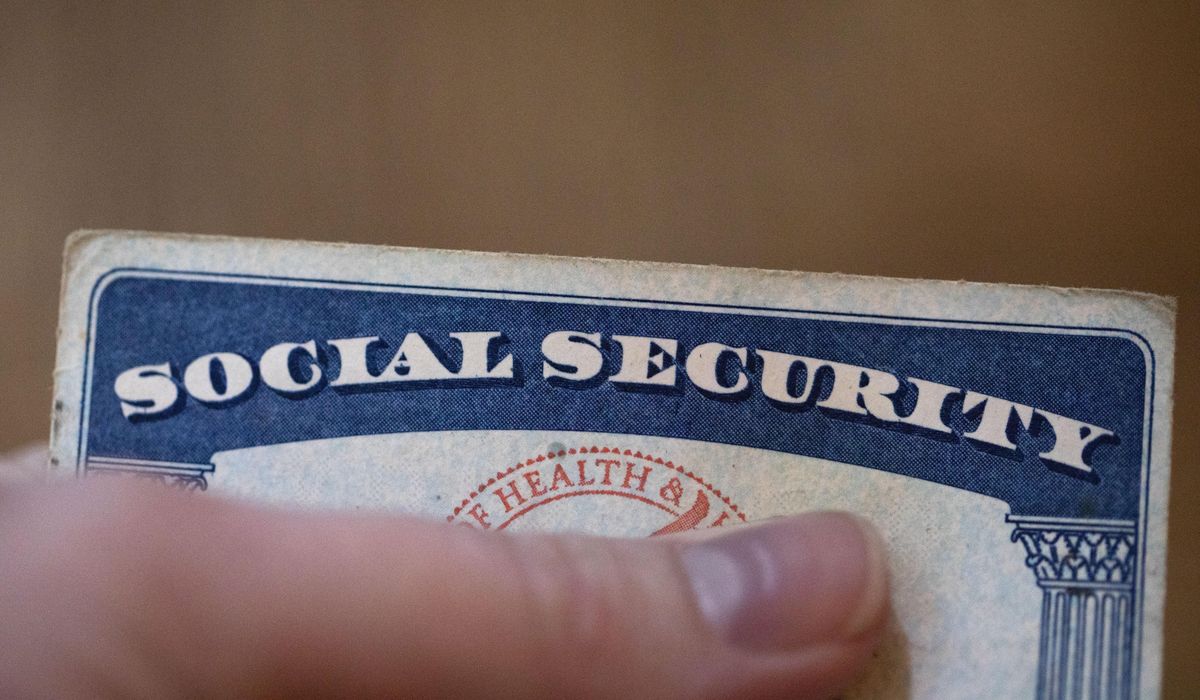


Federal agencies paid out nearly $80 billion in pandemic money to applications that used stolen or invalid Social Security numbers, according to a new watchdog report Wednesday that said it should have been easy to stop them.
The Pandemic Response Accountability Committee said the three big programs, two small business loans and the enhanced unemployment benefits program, approved between 1.4 million and 1.5 million applications that used the bogus numbers.
The PRAC said those each represented potentially fraudulent payments.
The watchdog said basic steps, such as asking for applicants to provide birth dates and then running their names, numbers and dates against Social Security databases to make sure they all matched, could “readily” have prevented the potential fraud.
“When program guardrails were removed during the pandemic, a substantial amount of funds were rapidly disbursed without proper identity verification,” the PRAC said. “Implementing pre-award verification helps streamline the vetting process before disbursal, preventing fraudulent payments from going out and ensuring that funds are disbursed with additional program integrity controls.”
The study comes five years after the coronavirus pandemic hit the U.S., shutting down businesses and leaving millions out of work even as hospitals bulged with the sick and dying.
Congress responded with the largest bailout package in history, eventually pumping $5 trillion of assistance — all of it borrowed money — into preventing a total economic and health collapse.
But in the rush to push money out the door, basic checks were skipped and programs were left vulnerable to fraud.
Government officials say they still can’t put a final tally on the total amount lost, but outside analysts say it could be in the high hundreds of billions of dollars.
The PRAC said some 67.5 million applications were funded across the three big programs. It took a sample of 662,000 cases and ran the Social Security numbers, names and birth dates, in cases where they were collected.
Of those, 24,000 showed an inconsistency. Most were cases where the number didn’t match the name in Social Security’s files.
Those numbers were then extrapolated that across all 67.5 million applications and came up with the potential fraud number of more than $79 billion.
The watchdog figured $55.8 billion of that was in Economic Injury Disaster Loans, $13.8 billion in the Paycheck Protection Program and $9.8 billion in unemployment payments.
Investigators said that’s likely an undercount of the real fraud, given that the PPP didn’t require applicants to provide a birth date and 87% of the cases sampled didn’t include one.
Social Security said nearly 12,000 other cases involved applications with numbers belonging to dead people.
It’s not clear how many of them were alive at the time the applications were made. Social Security said it couldn’t provide the death dates to the PRAC.
Those numbers weren’t part of the fraud calculation.
The PRAC said the government needs to get a Social Security number verification system in place before the next major disaster or emergency.
For more information, visit The Washington Times COVID-19 resource page.
• Stephen Dinan can be reached at sdinan@washingtontimes.com.
